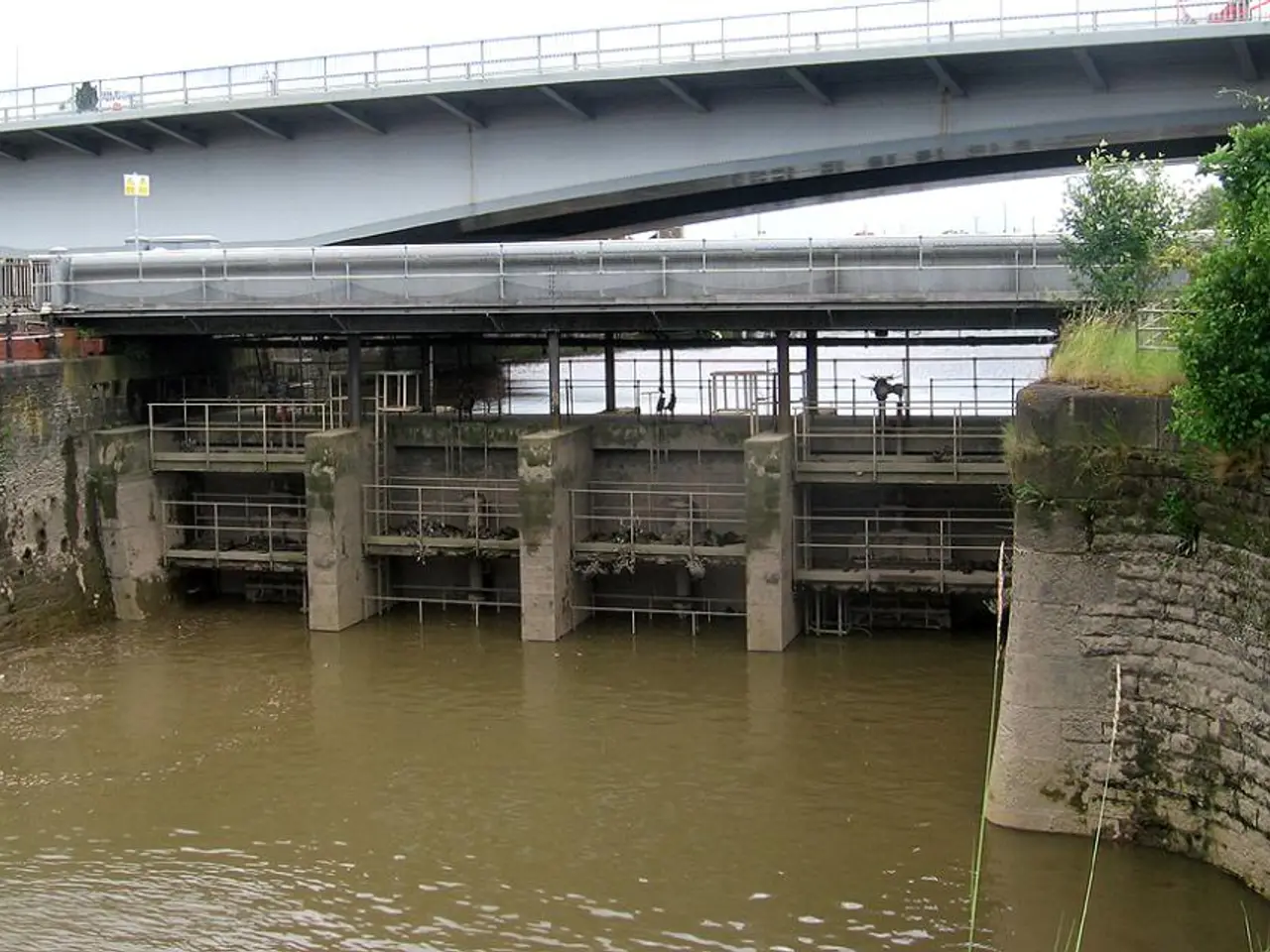Laos Dam Collapse: A Call to Rethink Hydropower Reliance
A dam in Laos has collapsed, causing devastation and raising questions about the country's reliance on hydropower. The incident, which occurred on July 23rd, has left thousands homeless and resulted in numerous fatalities. This tragedy presents an opportunity for Laos to reconsider its approach to renewable energy.
The dam, part of the Xe-Pian Xe-Namnoy hydroelectric power project, was developed by a consortium of Thai, South Korean, and Laotian companies. The collapse highlights the vulnerability of large dams to climate change, with extreme rainfall patterns making river flows unpredictable. If all planned hydropower plants are completed, Laos will have over 90 such plants by 2020, with a combined installed capacity of nearly 14,000 MW.
Hydropower plants have been shown to have severe impacts on the Mekong River, including loss of fish stocks and sediment flow to the Mekong Delta. Laos, with an official electrification rate of 92% and 42 power plants, aims to be a regional net exporter of electricity by 2025, with hydropower as its main revenue source. However, heavy reliance on hydropower creates significant vulnerability to climate change, potentially requiring a policy shift towards diversification.
The collapse of the dam in Laos, with at least 36 deaths and thousands displaced, underscores the urgent need for a rethinking of the country's energy strategy. While hydropower has been a significant source of revenue, the risks and impacts of large dams must be carefully considered. Laos has the opportunity to invest in safer, cheaper, and more reliable renewable energy options, ensuring a sustainable and resilient future for its people.
Read also:
- Federal petition from CEI seeking federal intervention against state climate disclosure laws, alleging these laws negatively impact interstate commerce and surpass constitutional boundaries.
- Hydrogen Energy: Sustainable Innovation or Resource Exploitation?
- Dim outlook for a major energy corporation
- Underwater pipeline shutdown initiative by Michigan challenges scope of American foreign policy, contends Trump Justice Department








